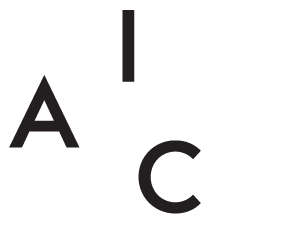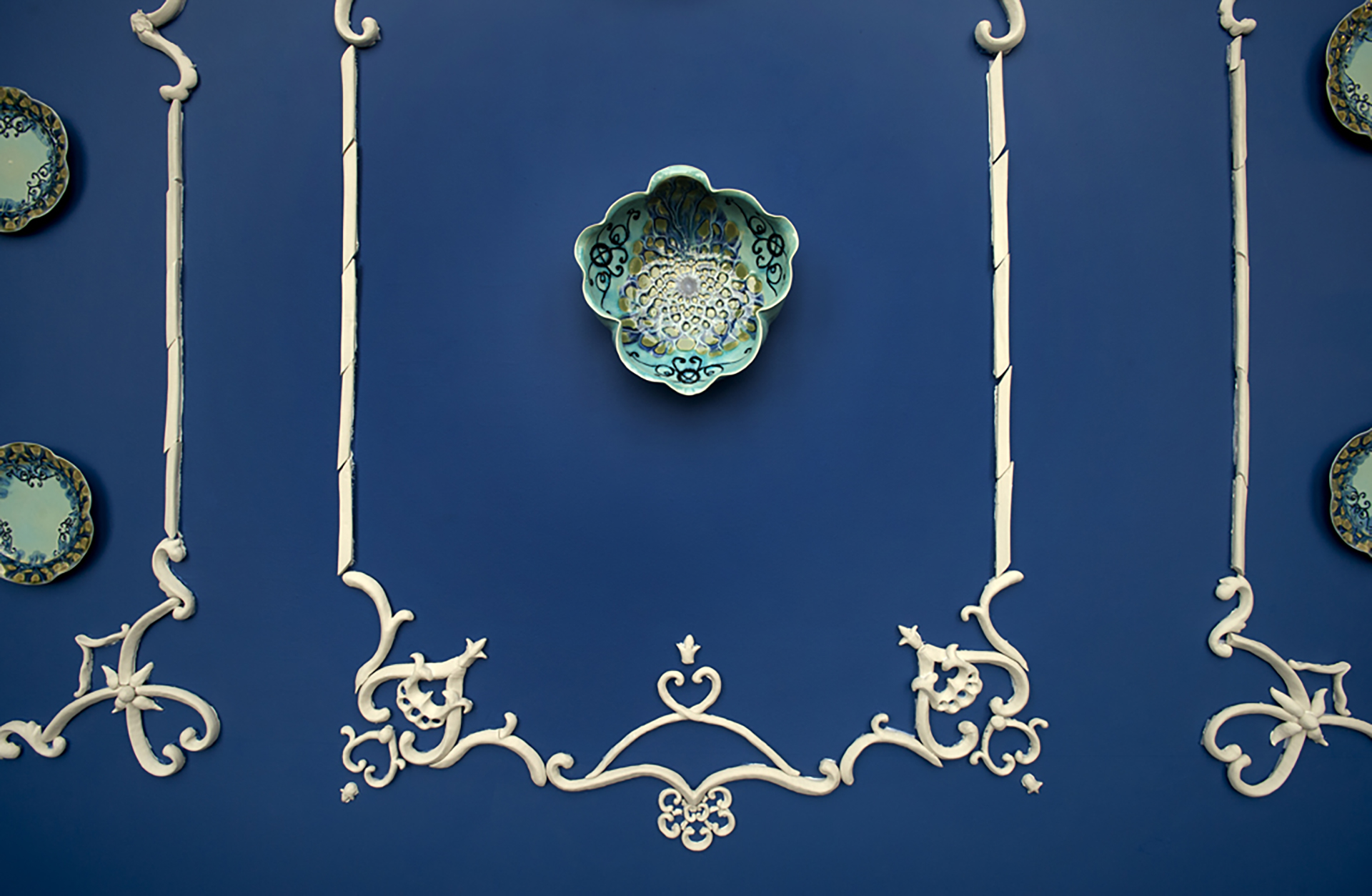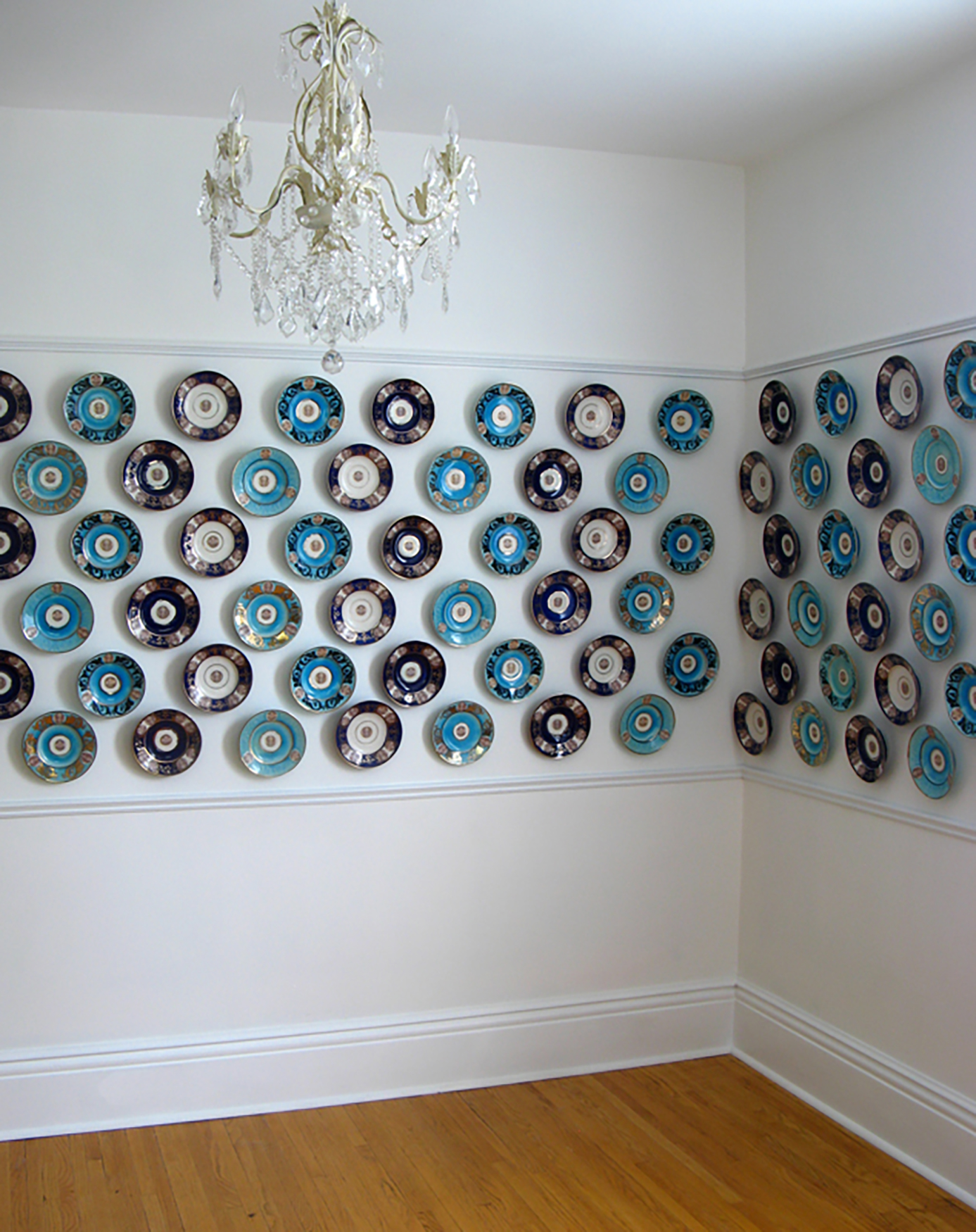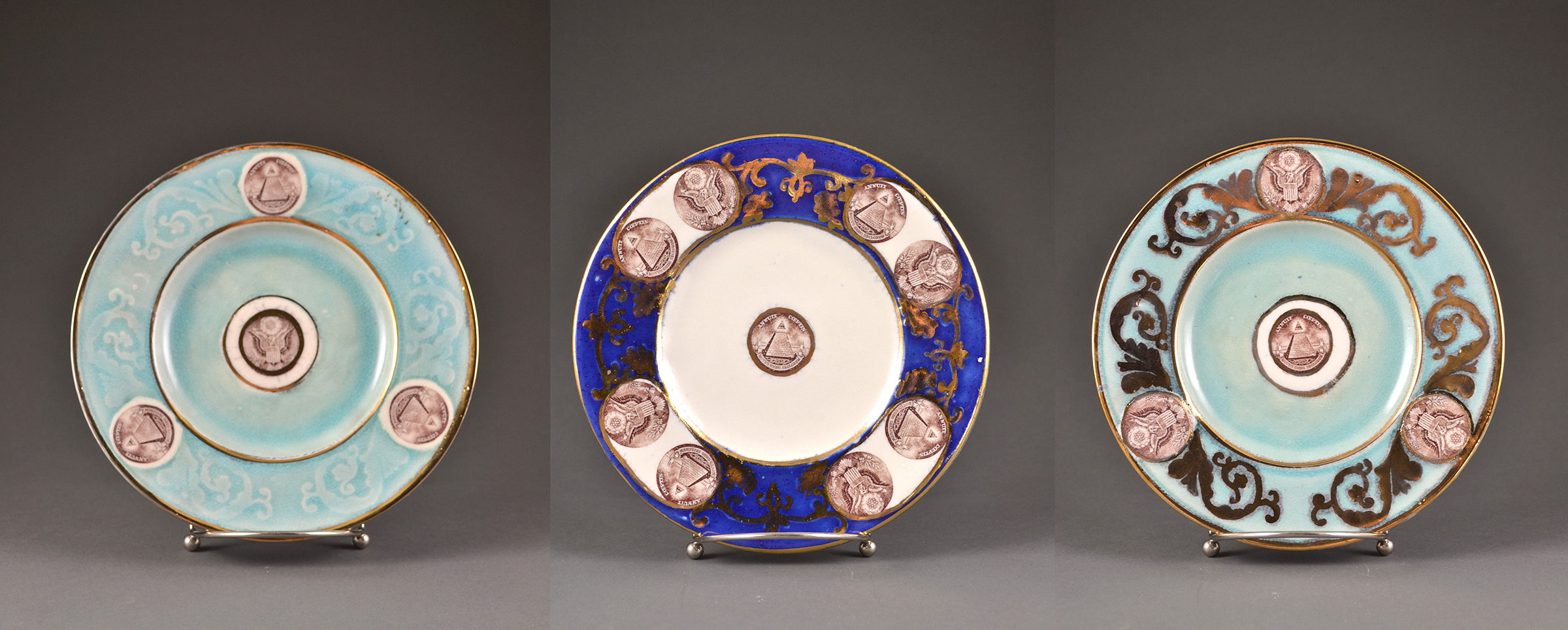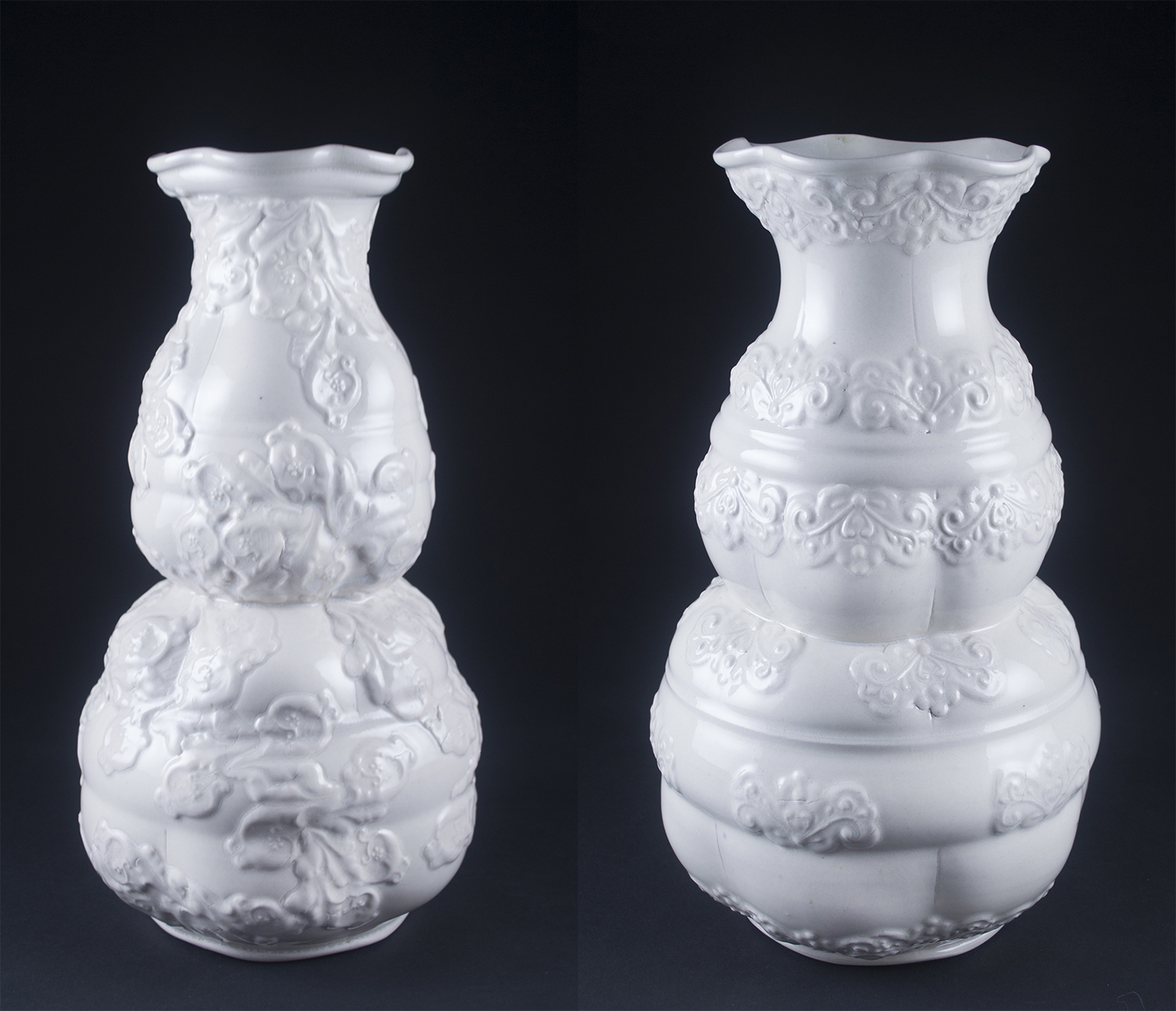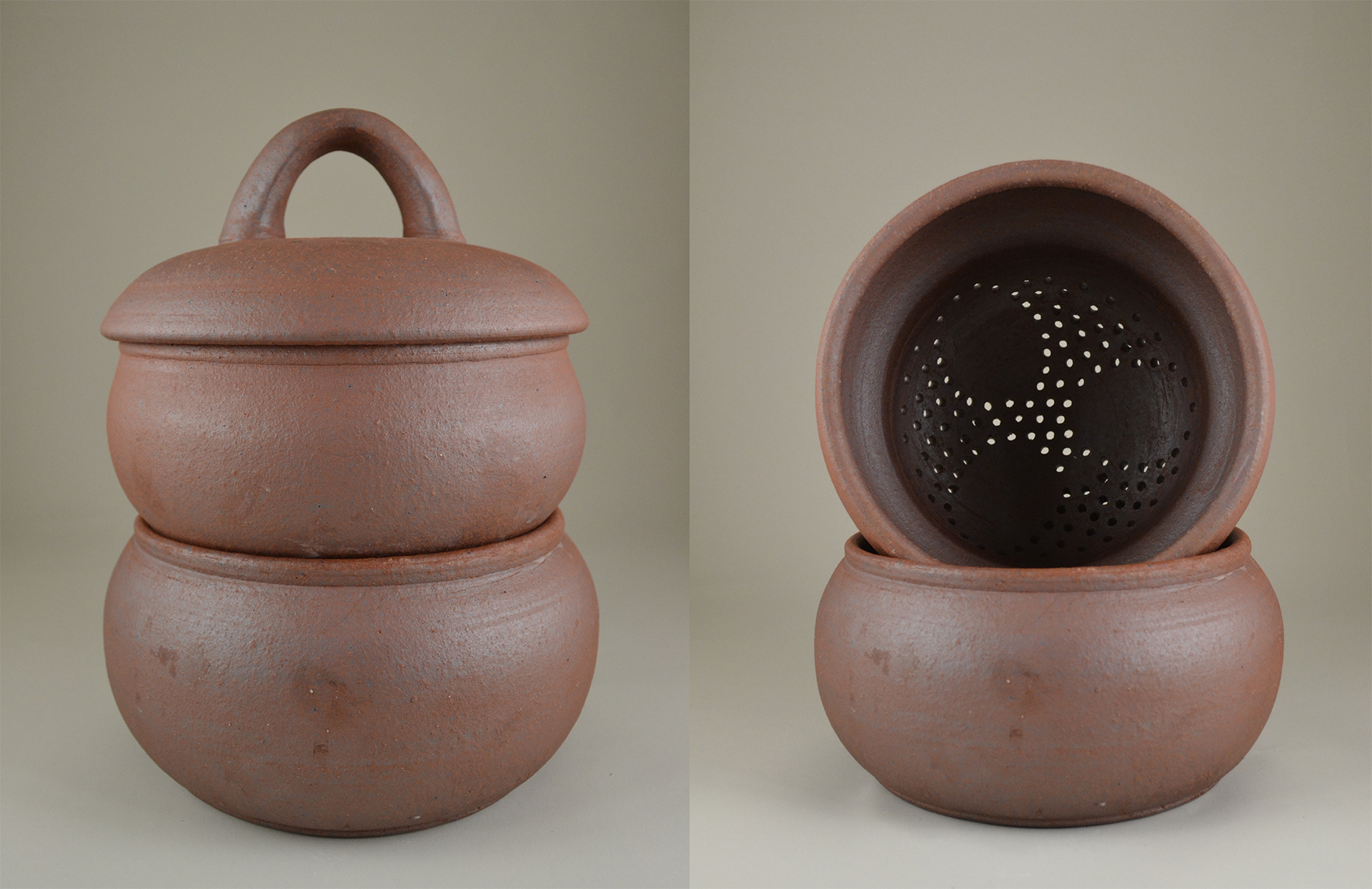Stephanie Rozene
In the last two decades I have explored two main research streams one that focuses on political and visual rhetoric and the second on foodways, clay and identity. I believe that pottery forms are vehicles for conceptual communication and that we are all connected by craft history and theory.
The body work which I broadly refer to as the Political Rhetoric/Politics of Porcelain series evolved out of my research into Sévres porcelain used by Louis IX and Marie Antoinette and their use of porcelain as political currency across Europe in the 18th century and 19th century Hungarian textile patterns that were often disregarded as a handicraft, lacking sophistication. Through symbolism and ornamentation, I have worked to translate these patterns into visual rhetoric representing what I perceived to be pretentious, insincere and intellectually vacuous language we hear daily from contemporary politicians and the news media into visual rhetoric through the repetitive process of wheel throwing, altering, carving and applying pattern over plates and vase forms. The intensive process itself is a metaphor for our collective obsession with politics and our inability to really make change.
My second and somewhat new research stream explores foodways, clay and identity in collaboration with several world-renowned chefs. This body of work thinks through taste and place and the cultural significance of food, ingredients and the history of cooking in and with clay as they speak to contemporary identities. Together with my collaborators, we have through conversation and hands-on experimentation, studied ancient techniques of cooking in and with clay while attempting to develop contemporary relationships between hearth and earth. Beyond plating, we are exploring the transformation of food by the clay it is cooked in and vice versa with particular attention paid to the identities of place and taste through the sourcing of recipes, ingredients, techniques and clay.
Info
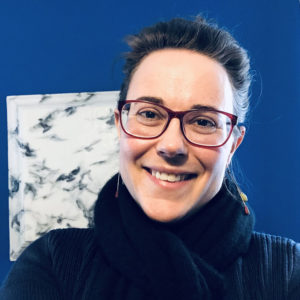
Stephanie Rozene
Activity
Artiste
Country, region
Etats-Unis
Website
www.stephanierozene.com
Biography
Rozene BIO and Selected CV 2023
Documents
NCECA Journal Articles_Rozene
Exhibition Catalogs_Rozene
Press and Exhibition Catalogs_Rozene
Rozene_The Studio Potter Journal_Article_2023
